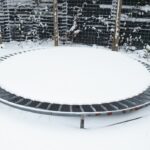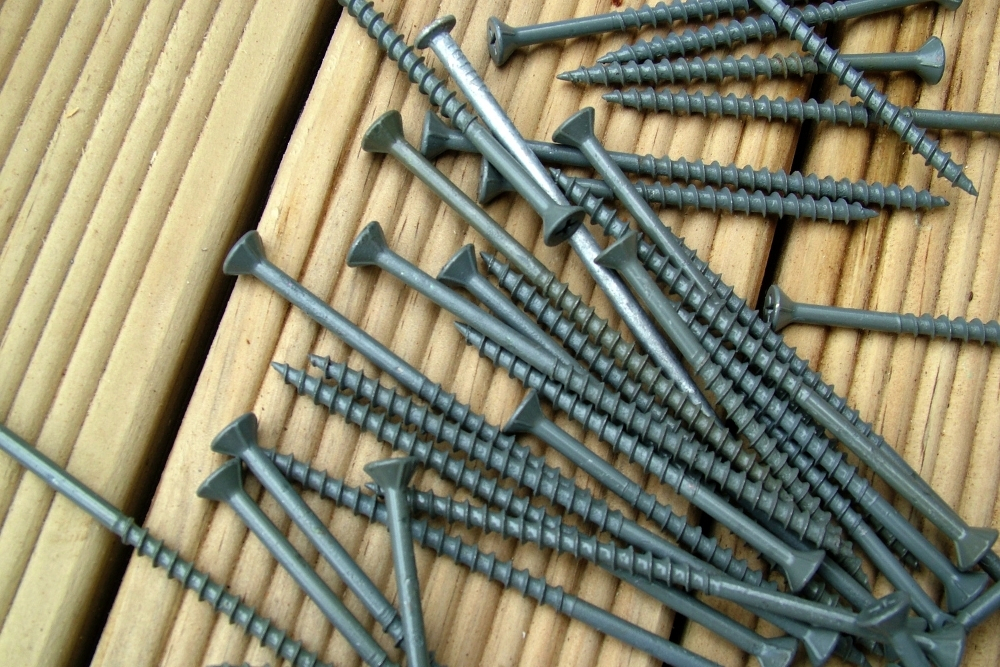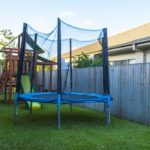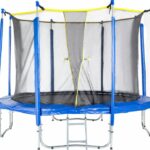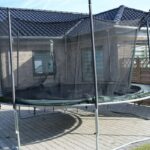The 12-foot trampoline is one of the most common sizes of round trampolines available today. But how many children can safely jump on a trampoline of this size? Exceeding the weight limits is extremely dangerous, so it’s best to determine whether the size is big enough for all the kids in your house before finalizing your purchase.
A maximum of two children can jump on a 12-foot trampoline. This size has a weight capacity of around 250 to 350 pounds, so it won’t be able to handle the weight of more than one adult. Keep in mind that the number of springs, the sturdiness of the frame, and the shape also affect weight capacity.
While the best trampoline size ultimately depends on your needs and personal choice, there are a couple of things you should consider before settling on a 12-foot trampoline. Let’s look at how many children can jump on a 12-foot trampoline, which factors affect weight capacity, and whether this size is big enough for flips, so that you can have fun without worrying about the weight limits.
How Many Children Can Jump on a 12-Foot Trampoline?

A typical 12-foot trampoline — like this one (on Amazon) — boasts a total surface area of around 86 to 93 square feet. While it’s big enough for almost anyone to jump on, it’s more suitable for two kinds of people: experienced solo jumpers and children.
This trampoline size has a weight limit of around 250 to 350 pounds. That means that it can accommodate a maximum of two children at one time, but you’ll probably exceed its weight limits if you add more than one adult. If you have heavier adults at home, then it might be better to opt for a 14-foot trampoline.
12-foot trampolines are also very popular among experienced jumpers. This is because the small size makes the trampoline perfect for small backyards, while its surface area allows jumpers to practice complicated flips and other advanced jumps safely.
Which Factors Affect Weight Capacity?
The industry standards require manufacturers to inform users of the weight limit of their trampoline. For this reason, there are several different factors that companies take into account when determining the exact weight capacity their trampolines can tolerate:
Springs
The bungee cords or springs of a trampoline are one of the biggest factors that affect weight capacity. These components help determine the trampoline’s bouncing capacity. The more flexible they are, the more likely you are to achieve a higher bounce.
If you increase the number of bungee cords or springs, you’ll be able to increase the weight capacity of the trampoline. However, the increased springs will also make the trampoline stiffer, making it much more difficult to achieve a higher bounce.
Frame
The frame of a trampoline consists of its foundation and basic structure. So, the thicker, tougher, and more rust-proof the steel frame is, the more stable the trampoline will be. In other words, a bulkier trampoline will be able to withstand a heavier weight.
Size
In most cases, bigger trampolines have a higher weight capacity when compared to the smaller bouncers that are specifically designed for small kids and toddlers.
Shape
A rectangular-shaped trampoline generally has a higher weight limit, principally because the springs are located closer to the middle. Since the springs are nearer to the bounce area, their stiffness isn’t as strong either.
This same principle can be applied to circular and oval trampolines, as the springs are placed closer together and the weight is much more evenly distributed.
Is a 12-Foot Trampoline Big Enough for Flips?
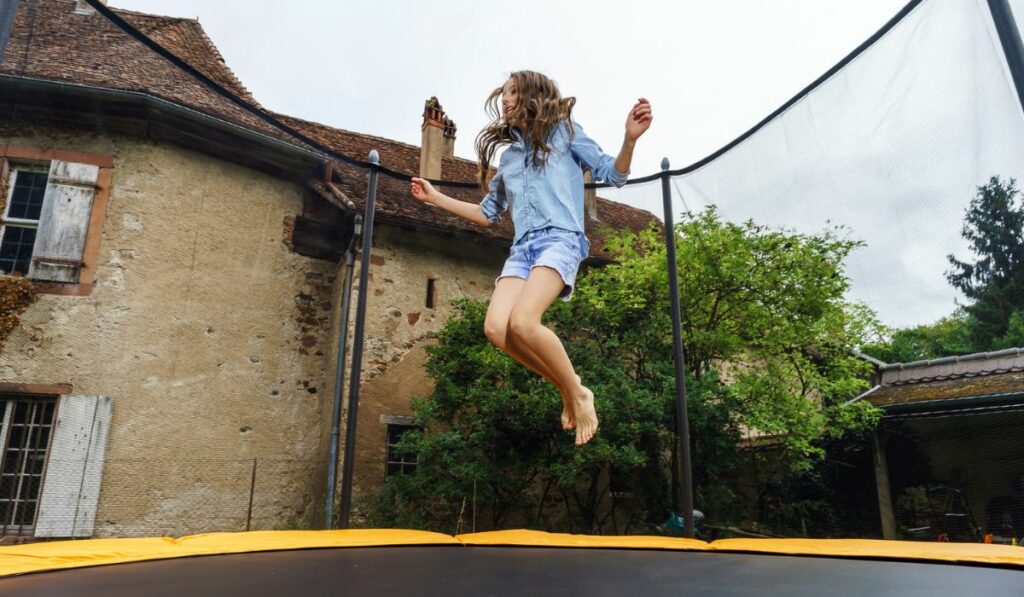
A 12-foot trampoline is big enough for flips only if there’s just one person jumping on it. Two small kids will also be able to do flips together on a 12-foot trampoline. However, make sure you don’t have more than one adult doing flips at the same time, as this could be a serious safety hazard.

